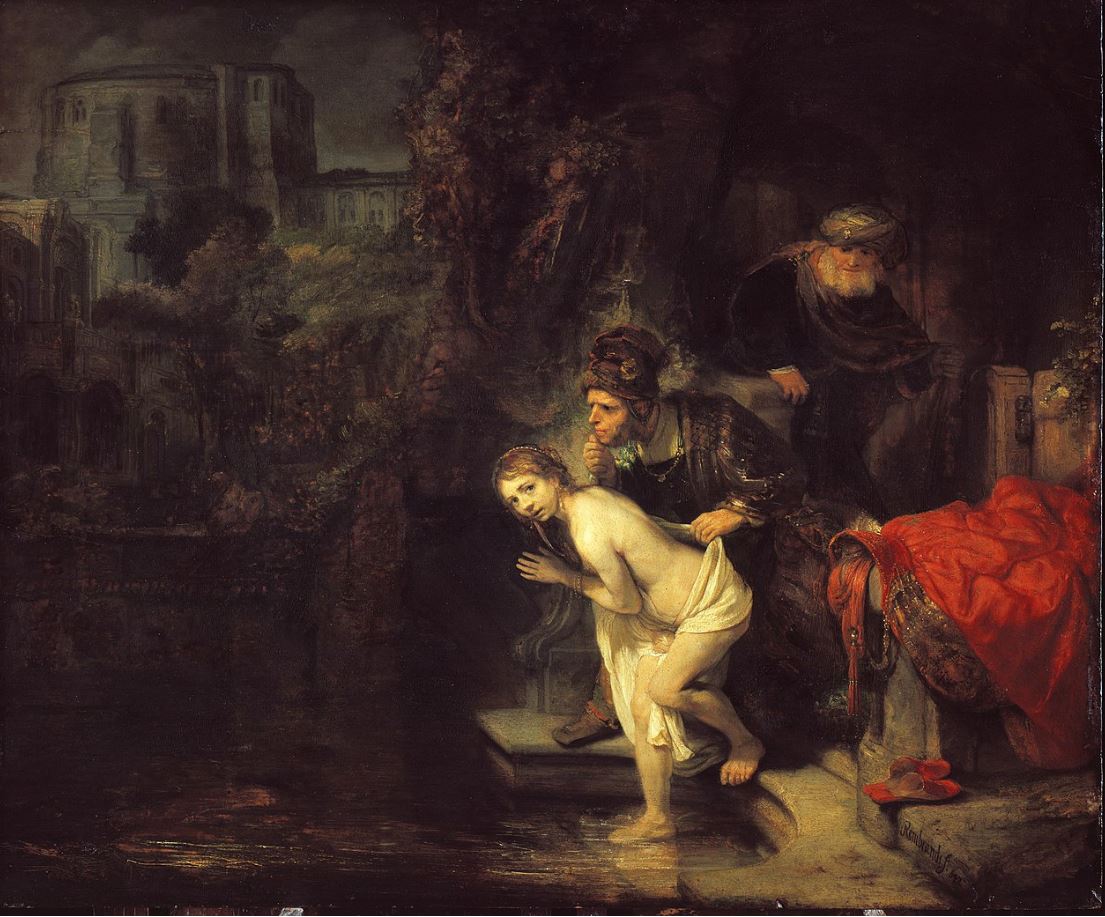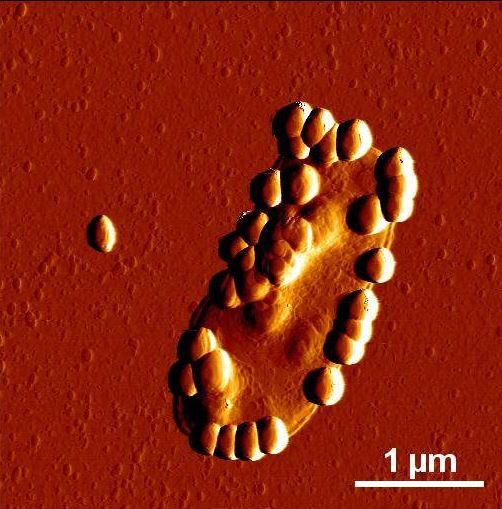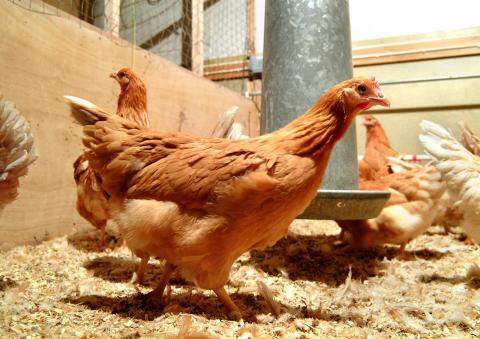Through our evolutionary history, change is the one constant. 99.9999% of species that have ever existed are extinct and new ones emerged that adapted to constantly changing environments.
Baboons, with six species widespread in sub-Saharan Africa, are a modern example of adaptation and well studied when it comes to morphology, behavior and ecology. but less is known about their evolutionary history. That is why they are the subject of a new study on how speciation by lineage splitting, speciation by hybridization and associated gene exchange occurred.
If you read media accounts, Republicans deny global warming and evolution while Democrats deny vaccines and GMOs. Republicans hate immigrants and Democrats hate unborn babies.
Yet such simple 'us' and 'them' narratives aren't true, even if it makes for compelling framing,
according to a new paper.
Rembrandt van Rijn was a master of light and shadow and a characteristic plasticity generated by a technique called impasto.
A new study shows he was also something of a chemist. An analysis of impasto layers in some of Rembrandt's paintings show they contain a very rare lead mineral called plumbonacrite, which means Rembrandt used a unique paint recipe.
Plumbonacrite is extremely rare in historic paint layers. The only other notable occurrence was linked to degradation of the red lead (minimum) pigment in a Van Gogh painting.
Though our guts contain a trillion bacteria in various compositions, it's become popular to claim any detectable change is a bad thing. Unless it is to sell yogurt, where no detectable change is regarded as a probiotic good thing.
Now even at the nano- level. A new study claims ultra-small particles adhere to intestinal microorganisms, thereby affecting their life cycle as well as cross talk with the host. Nanoparticles’ binding inhibits the infection with Helicobacter pylori, a pathogen implicated in gastric cancer and the authors hope this could the development of potential 'probiotic' nanoparticles for food. Homeopaths are cheering.
Like " I had insomnia last night" and "I am so OCD", medical terms often become colloquial. So it is with people who say they had a "stomach flu."
There are stomach virusus, but what many people commonly call “stomach flu” isn’t flu at all. "Flu" is short for influenza, and that is respiratory so it involves lungs, not the stomach. What people call a stomach flu is instead viral gastroenteritis. It could be rotavirus, norovirus, adenovirus or something else, and could have been through tainted food.
Chicken eggs are already used for growing viruses that are used as vaccines, such as the flu jab but science is going one better;
chickens that are genetically modified to produce human proteins in their eggs as part of the egg white.
A new study found the drugs work at least as well as the same proteins produced using existing methods and high quantities of the proteins can be recovered from each egg using a simple purification system and there are no adverse effects on the chickens themselves, which lay eggs as normal.
 What Next For Messenger RNA (mRNA)? Maybe Inhalable Vaccines
What Next For Messenger RNA (mRNA)? Maybe Inhalable Vaccines Toward A Single Dose Smallpox And Mpox Vaccine With No Side Effects
Toward A Single Dose Smallpox And Mpox Vaccine With No Side Effects ChatGPT Is Cheaper In Medicine And Does Better Diagnoses Even Than Doctors Using ChatGPT
ChatGPT Is Cheaper In Medicine And Does Better Diagnoses Even Than Doctors Using ChatGPT Even After Getting Cancer, Quitting Cigarettes Leads To Greater Longevity
Even After Getting Cancer, Quitting Cigarettes Leads To Greater Longevity








